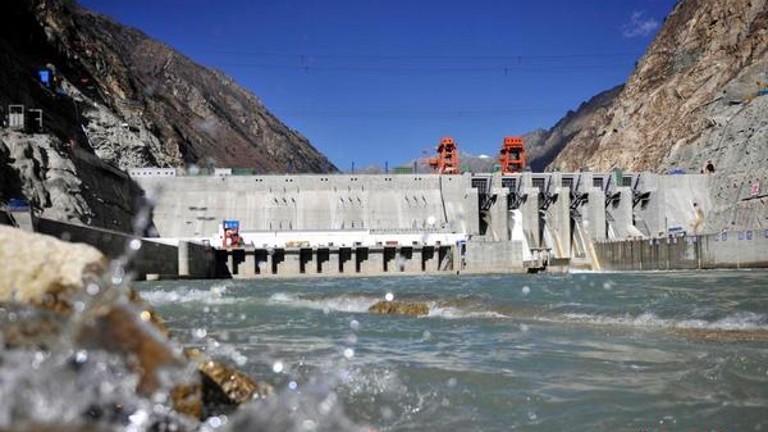
(TibetanReview.net, Mar08’21) – The government head of occupied Tibet Autonomous Region (TAR) has asked China to begin construction of a controversial mega hydropower project on the Yarlung Tsangpo (Brahmaputra river in India) this year, reported Reuters Mar 8, citing comments published Mar 8 and echoing previous indications.
Comprehensive planning and environmental impact assessments for the project should be completed as soon as possible, Che Dalha, chairman of TAR government, has said in a delegation briefing issued by China’s parliament.
He has said the regional government should “strive to launch construction within this year.”
China’s plans for a hydropower project that is even bigger than the mind-boggling Three Gorges Dam, have stirred fears in downstream India and Bangladesh that it could disrupt downstream river flows, worsen water shortages and even cause flash floods. Dams on such scale are also known to cause earthquake.
The river originates in Ngari region of western Tibet, flows for about 2,900 km (1,800 miles) through much of the southern length of Tibet before it enters India and Bangladesh and then empties into the Bay of Bengal.
The “Yarlung Tsangbo downstream hydropower base” has been listed in China’s new five-year plan last week as one of its major energy development projects for the 2021-2025 period, the report noted.
Reuters cited Chinese sate media reports as saying China could build up to 60 gigawatts (GW) of generation capacity on the river, which would make it the world’s biggest hydropower project, overtaking China’s 22.5 GW Three Gorges Dam.
The report cited a Chinese diplomat as saying late last year that the project was at a “preliminary planning and demonstration” stage.
The report also cited the TAR’s five-year plan proposals published in January as saying the region was aiming to “research and promote” the project and begin related engineering work as soon as possible.





